We taste the latest vintages of A Lisa, J Alberto and Bodega Noemia alongside winemaker Hans Vinding-Diers, an enigmatic Dane with a rich viticultural heritage.
At the beginning of In Patagonia, Bruce Chatwin’s seminal 1980s travelogue about exploring this distant and alluring tip of Argentina, the author describes how it was a museum exhibit of a piece of woolly mammoth he saw as a child that drew him to travel there.
My wine equivalent was a bottle of Chacra Pinot Noir from Patagonia that a friend brought to my wine club some years ago.
Tasted blind it was clearly a world class Pinot – it had a seductive texture, fine red fruit, silky tannins. We all stared dumbfounded at the bottle when it was unveiled. Could Argentina really produce Pinot of this quality?
Fast forward four years and the portly Danish winemaker Hans Vinding-Diers, the winemaker responsible for the Chacra and for Bodega Noemia de Patagonia, says “I know, I’ll take a picture”, stands on a rickety chair holds his camera phone aloft and takes a photo of the dozen wine buyers in front of him.
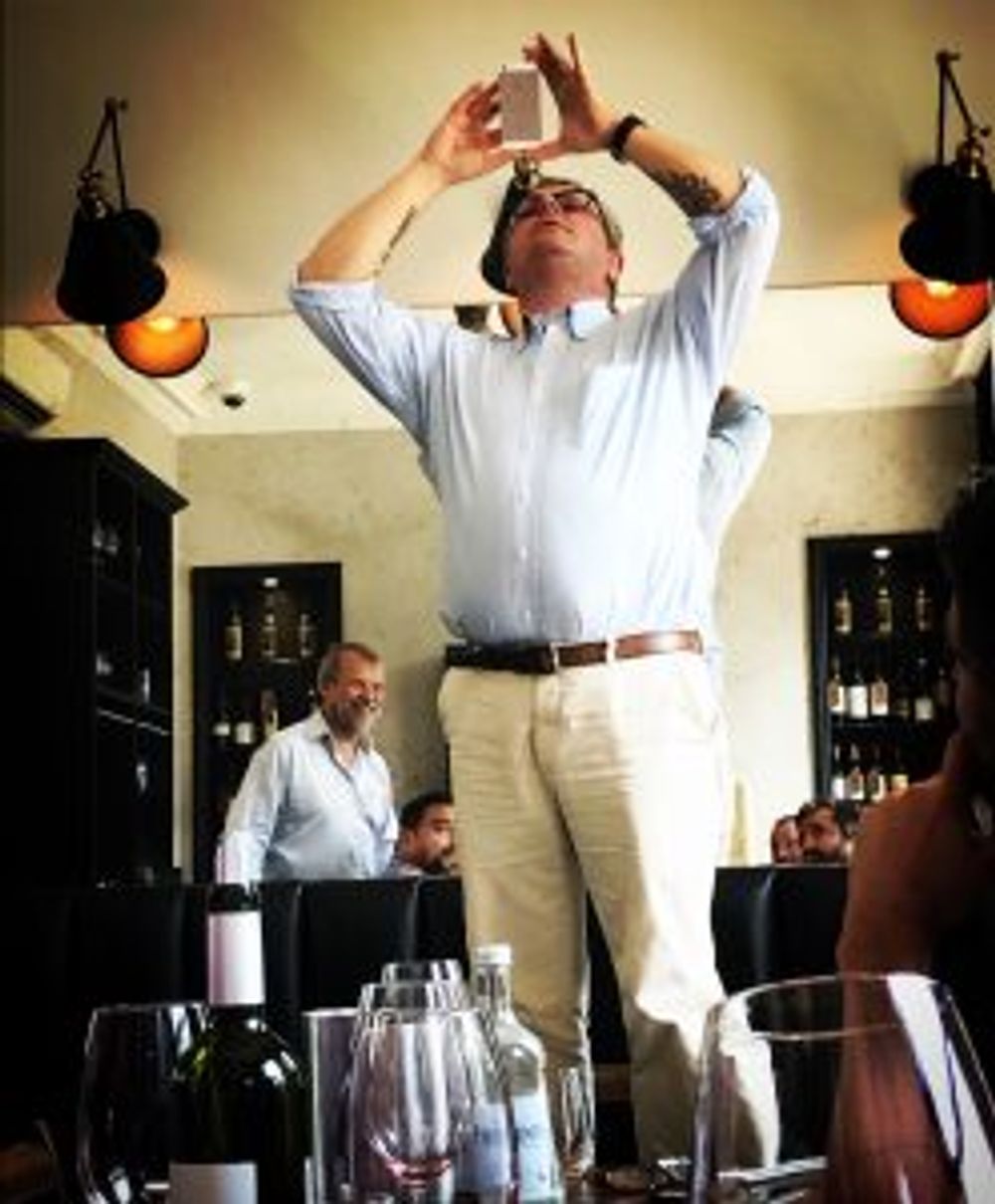
On his left forearm is a garish tattoo of a bunch of grapes.
It really does look like he’s going to fall arse over tit.
I’m sure it’s not nice but the look on the faces of some of the assembled throng are kind of half-willing it. “Way Hay!” “Here we go!”
It’s 12 noon and the tasting lunch hasn’t even started yet. I was warned that it might get a bit rowdy and that looks inevitable. With an evening function already booked I have sensibly declined the full monty and am just here to sample the latest vintages of Vinding-Diers’ three main wines from Bodega Noemia – A Lisa, J Alberto and Bodega Noemia (the fourth is an occasional Cabernet Sauvignon only made in particular years).
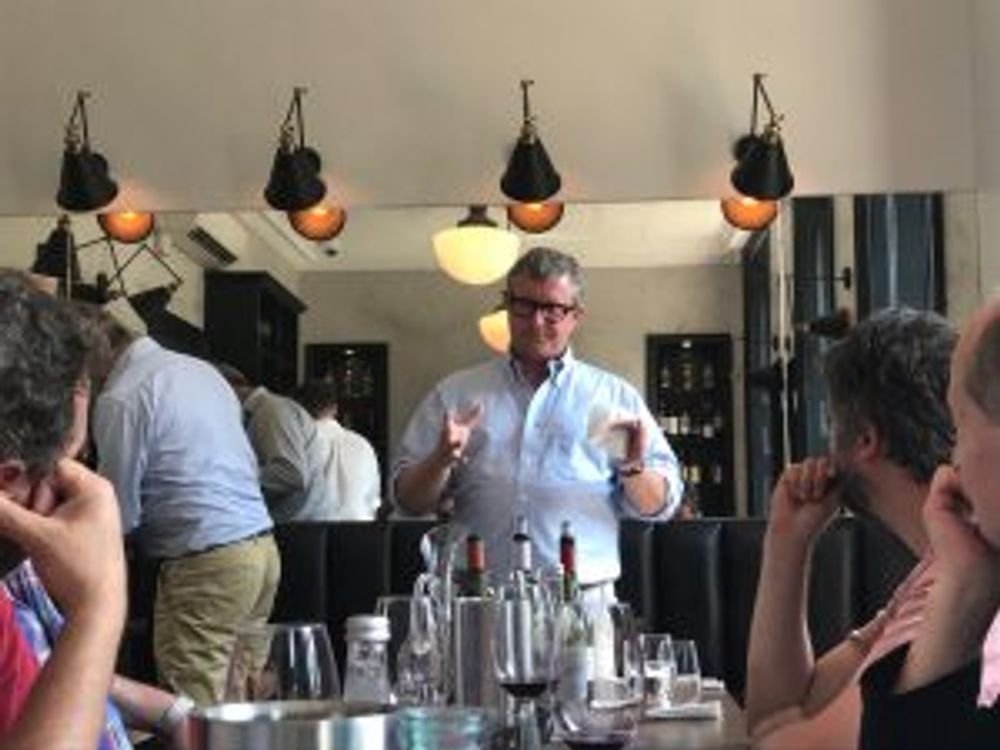
“Now let me tell you a story”
There could well be a fifth wine, a Semillon from 40 year old vines but as Hans says “I don’t talk about anything unless it’s in the bottle.”
Vinding-Diers has a long and chequered career working all across the world after an upbringing in Graves. He’s stopped making wines at Chacra now and Argiano, Cinzano’s Tuscany estate, to concentrate on Bodega Noemia which is co-owned by Noemi Cinzano, yes that Cinzano. His cousin is Peter Sisseck, winemaker at Pingus in Ribera del Duero and his father Peter used to make Tokaji with Hugh Johnson at the Royal Tokaji Co.
Bringing an Old World winemaking philosophy to the New
We’re meeting in Fox Fine Wines on the edge of the City of London. A wood-panelled fine wine store and eaterie that used to be home of the world-famous Fox Umbrella company. The venue feels right for a man who has helped put Patagonia on the world wine map – a mixture of the ancient and the very new.
I confess to not having known the Bodega Noemia wines before but, having tasted these new and some older vintages I shall from now on. Given the love and respect in the room for Vinding-Diers from the assembled buyers who either know Hans, his wines or both, it’s quite clear I am a few paces behind on this one, the wines are very good.
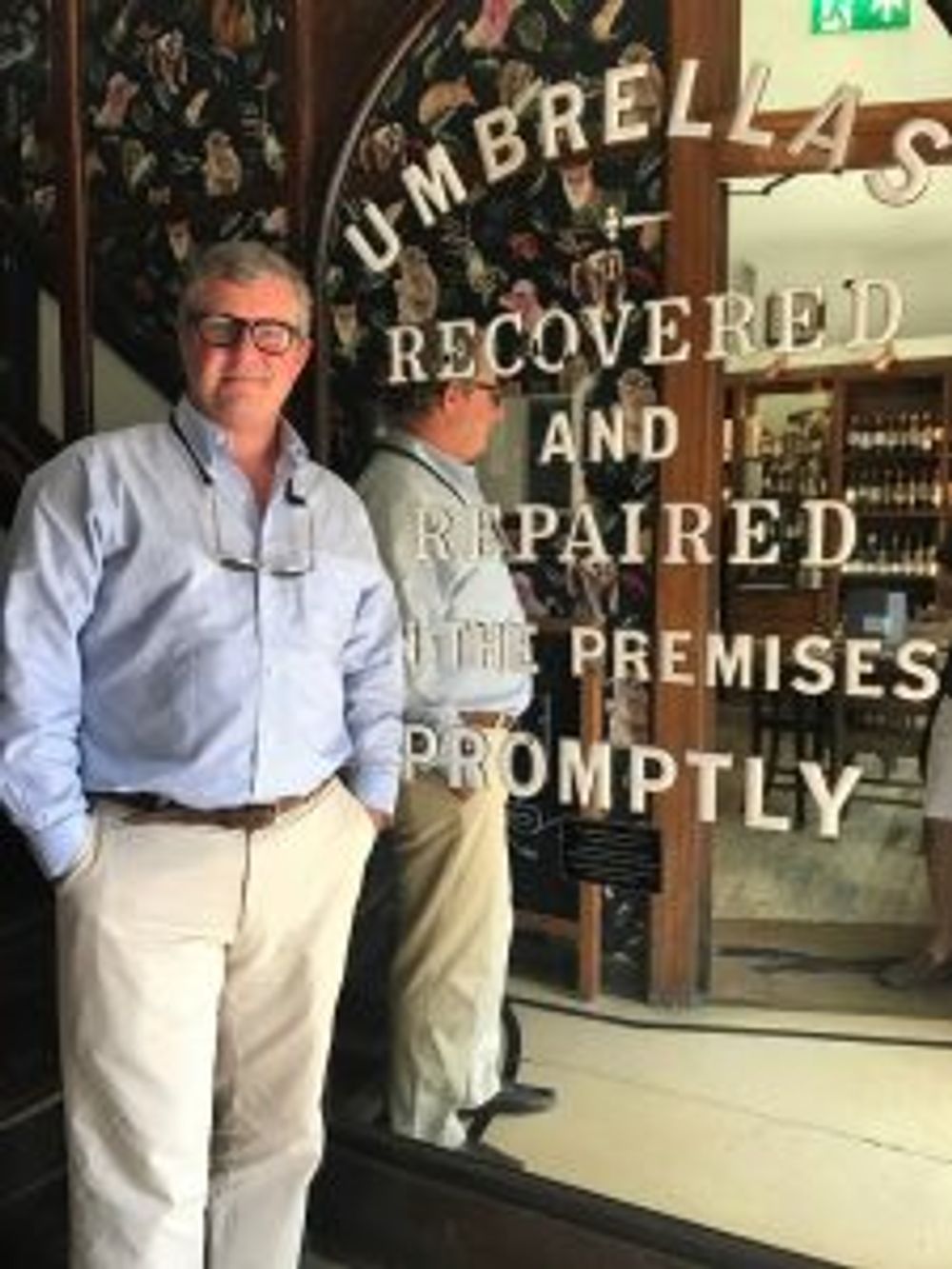
“When I tried 1989 Le Pin,” says Vinding-Diers, “I hallucinated. And that’s the bar I have set myself. I know it sounds arrogant but we all need a roof.”
He describes his winemaking philosophy which is certified organic and biodynamic in practice – all grapes hand-picked at dawn, rigorous and manual selection, wild yeast, gravity fed, no pumps (therefore reducing the risk of micro-oxygenation) with wines matured in French oak barrels, supplemented by concrete fermentation tanks and Nomblot eggs.
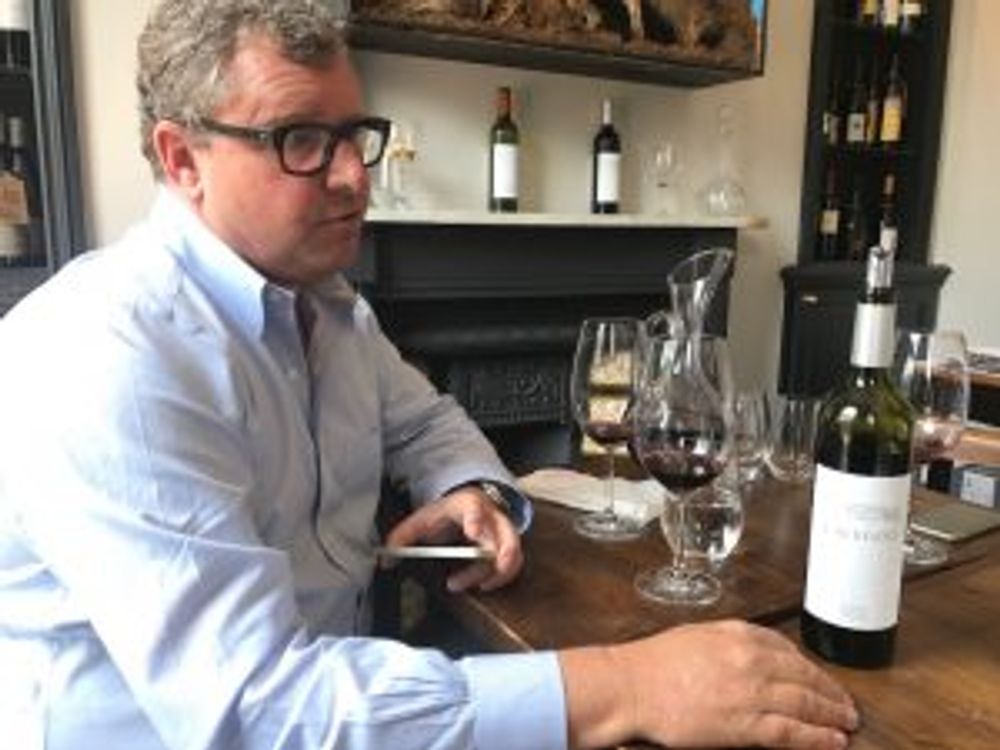
“All the finesse is in the vineyard he says.”
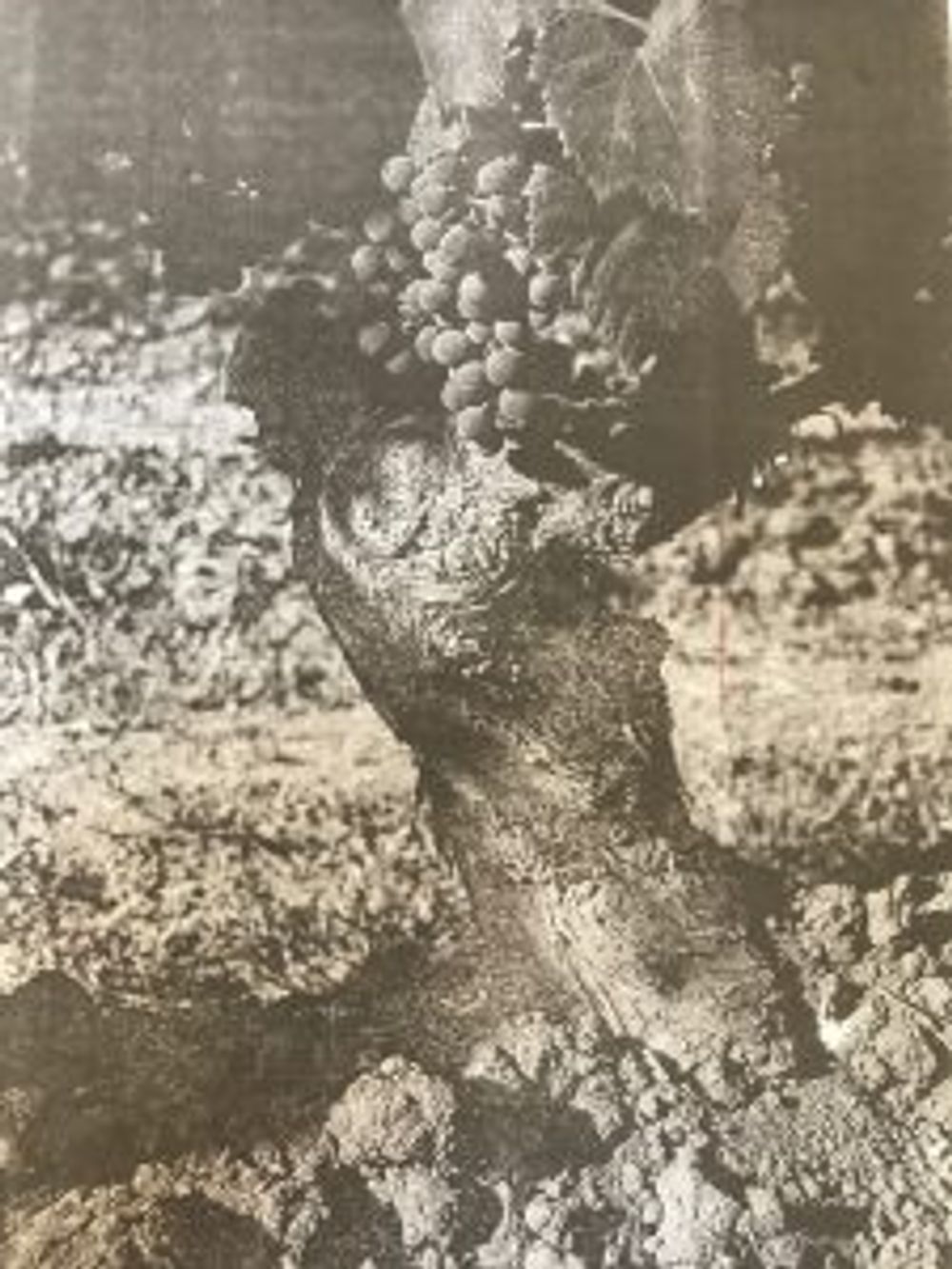
One of the 85 year old vines used for Bodega Noemia
And what a vineyard. The flagship wine Bodega Noemia comes from a 1.5 hectare site that was planted in 1932 by immigrants who recognised the potential of this microclimate in the Rio Negro Valley for growing pears, apples and then largely French varieties of grapes. Rio Negro is slap bang in the middle of a desert right in the middle of Patagonia.
“We are 998km south of Buenos Aires, 450km east of the Andes Mountains, 500km west of the Atlantic Ocean and 1996km from Tierra del Fuego. So we are in the middle of nowhere,” says Vinding-Diers, “but my aim is to capture the energy and freshness of this unique terroir.”
OK, enough preamble Deano, were the wines actually any good?
We start the tasting with A Lisa 2016 a 90% Malbec, 9% Merlot and 1% Petit Verdot blend, 25% of which comes from 13 year old vines, the rest of the grapes sourced from local producers with vines averaging 40 years of age. 75% of the blend is fermented in stainless steel the rest has nine months in three quarter-filled barrel.
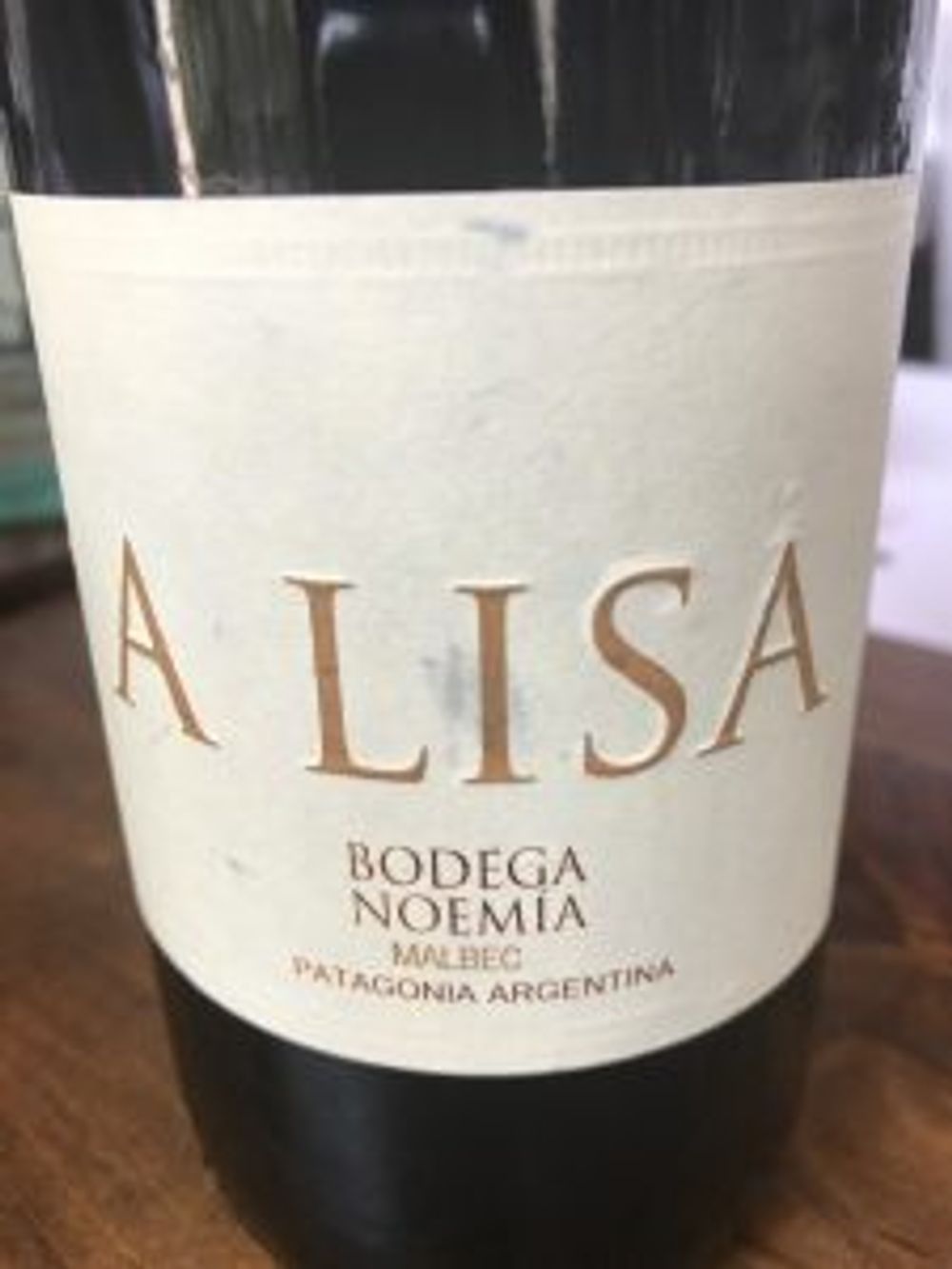
The wine is purple, the nose reserved at first, then giving off a bit of leather and leaf. It is full bodied and full of flavour but also cool, with an easy mouthfeel, notes of crisp blueberry and black fruit. There is also great texture and lovely, elegant and well integrated tannins.
We also taste A Lisa 2015 – leaner younger fruit, more clipped but still drinking well and the A Lisa 2012 from magnum, which has delicious development both on the nose and a yummy wet stone finish.
Next up is J Alberto 2015 which has 95% Malbec in the blend and 5% Merlot. This is a single vineyard field blend from four hectares of 62 year old vines that are massal selection ungrafted rootstock, ie each one is genetically different. The vineyard is certified organic and has never had sprays or sulphites and is farmed with biodynamic practices.

The grapes are destemmed into small cement vats, fermented on spontaneous yeast with very little extraction then spend 11 months in second use French barrels and bottled unfiltered.
The nose on this wine is instantly more vibrant and perfumed – black fruit, stone, spice – the full body has a sour edge like unripe black cherry or citrus and the tannin feels very young.
And so we come to the ‘main course’ the Bodega Noemia 2015 a 100% old vine Malbec from a vineyard just 1.5 hectares small with vines planted in 1932 that are pre-phylloxera, massal selection ungrafted root stock. The vineyard is divided into four separate plots and each one is managed independently and fermented separately in four customised open French oak fermenters.
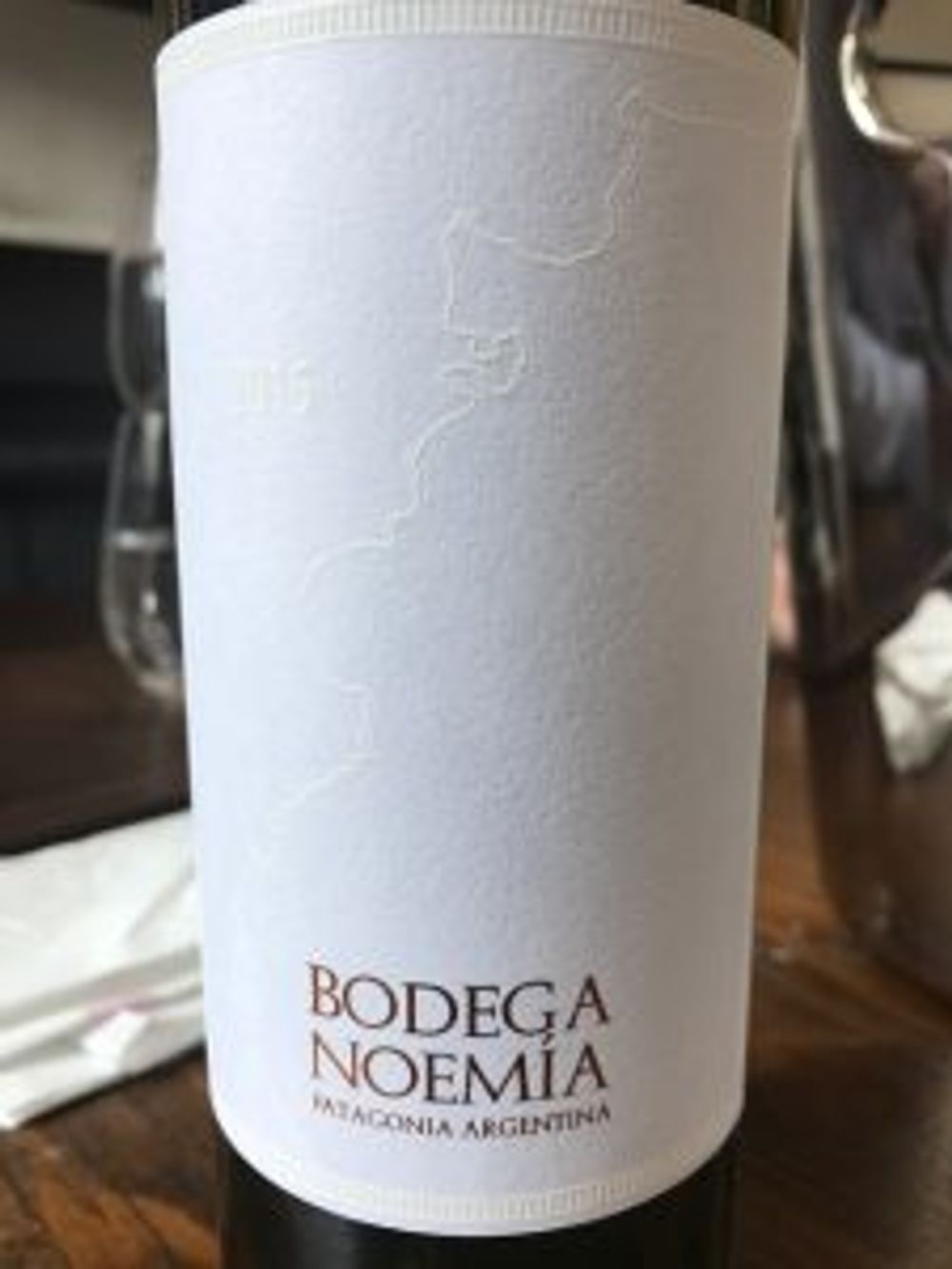
The wine has a profound complex nose – black fruit and a hint of cinnamon – the core fruit is rich, fresh, complex, savoury with a wet stone finish. There is a terrific tension to the wine, the silky tannin is well integrated. It is a ripe, layered and intense wine but fresh and precise. Gorgeous.
“I feel the vineyard’s started expressing itself and I don’t want to disguise it. The finesse is in the vineyard,” Vinding-Diers says.
I have to agree because we then taste four older vintages of Noemia and each one have very different vintage characteristics.
The Noemia 2009 is deep purple, with a savoury nose, complex, herb notes, the wine has settled in, although it does have more tannin than you might expect – sandpaper fine – the fruit profile is not as big as the 2015.
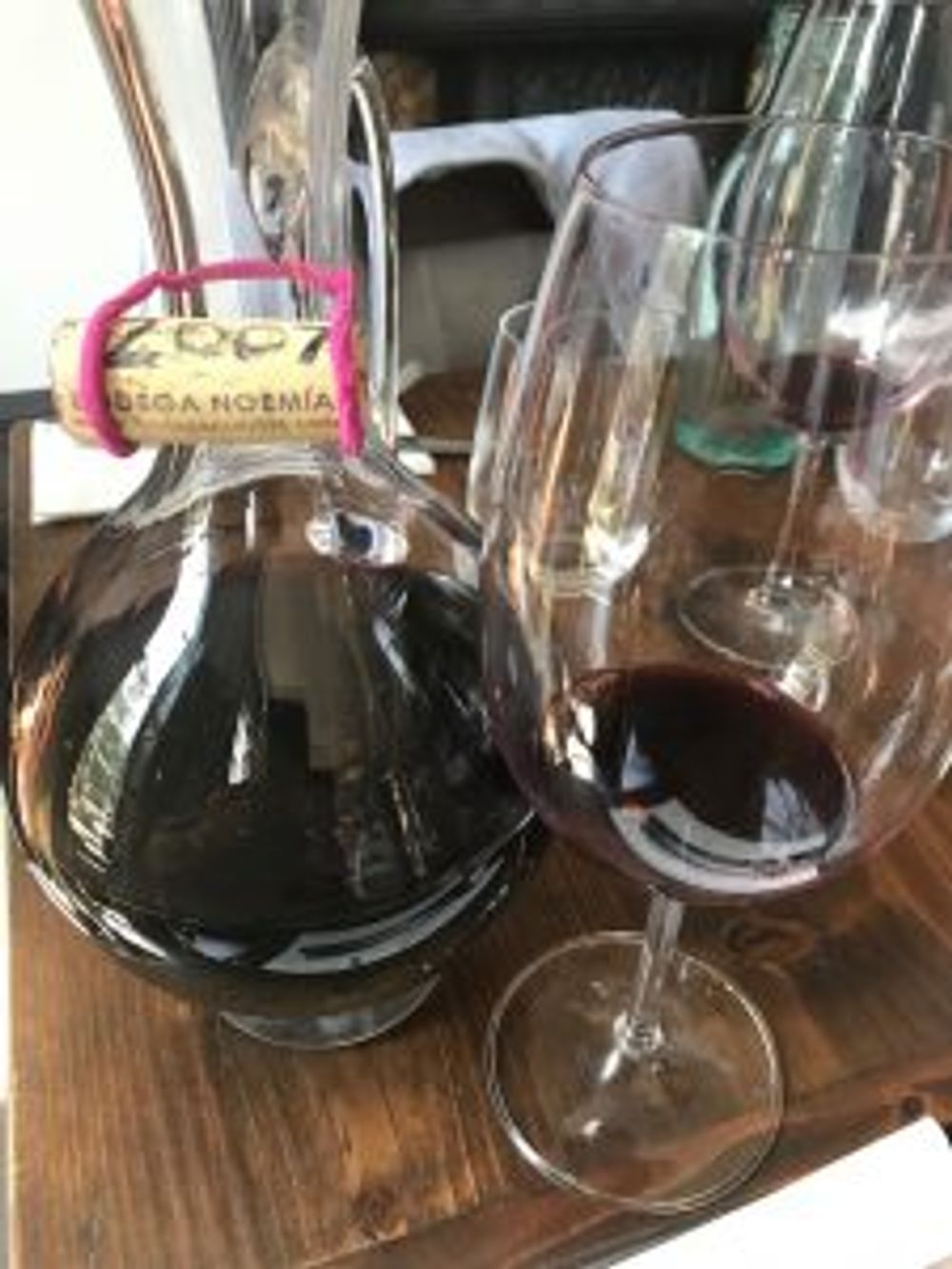
Memories are made of this
The Noemia 2007 is amazingly elegant, so powerful, meaty, vibrant with a gorgeous texture. Noemia 2006 is lighter in colour, elegant, very different nose.
Noemia 2003 (from magnum) is showing a good deal more evolution since 2006 – this is incredible wine, still so fresh, with an easy mouthfeel but with an amazing amount of acidity still keeping the wine harmonious.
Making a wine that can be drunk young like the A Lisa and another like Bodega Noemia that should be drunk after about 20 is the most difficult part of his job says Vinding-Diers.
“I have to do one for now and one for 20 years time – that’s the hardest thing to do.”
Although these wines feel like they come from an estate that has been making wine for decades, the first vintage was only as recent as 2001 which was tasted in 2003.
“Stephen Spurrier was the first to taste the wine in London and he couldn’t believe what he was tasting, within about 30 minutes I had sold all the wine.”
A special call-out to Rory Benham from importer The Wine Treasury who supplied the older vintages of Noemia from his personal stash. Bodega Noemia is distributed in the UK by The Wine Treasury.
































